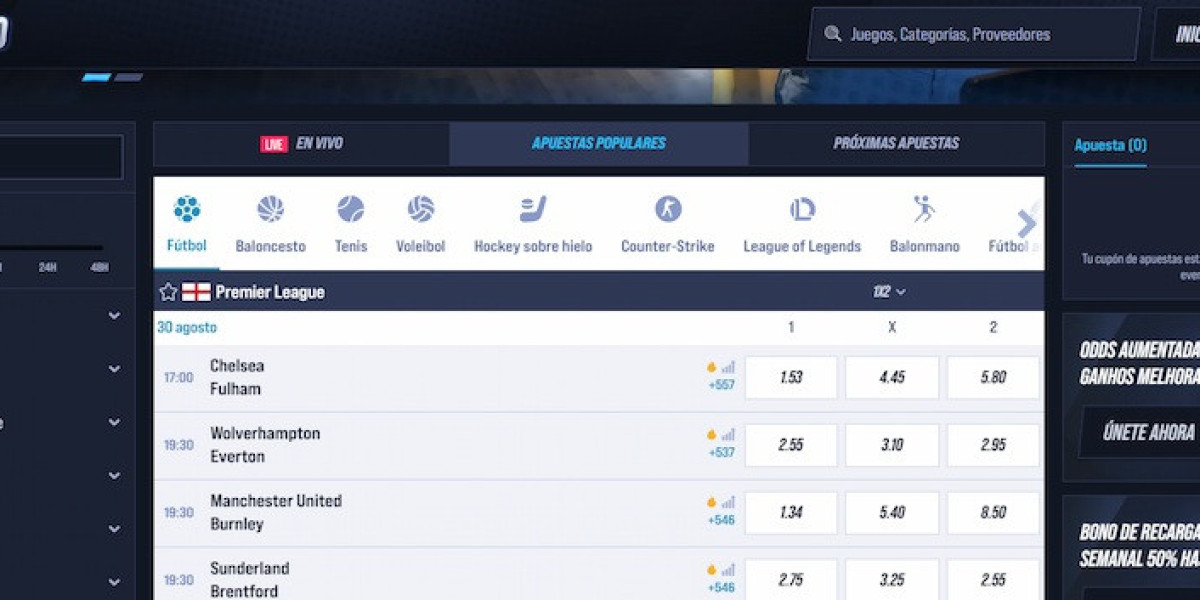The financial engine that drives the political technology industry is built on a variety of sophisticated and evolving business models. To understand the market's economics, it is essential to analyze the primary streams of Political Campaign Software revenue. The most prevalent and foundational revenue model in the industry today is Software-as-a-Service (SaaS). Under this model, campaign software providers charge their clients a recurring subscription fee for access to their cloud-hosted platforms. This approach provides vendors with a predictable and scalable source of income while offering campaigns a lower upfront cost and eliminating the need to manage their own IT infrastructure. Pricing is typically tiered based on factors such as the size of the voter database, the number of users, or the feature set required, making these powerful tools accessible to a wide range of campaigns, from local to national.
Beyond the core SaaS subscription, vendors generate significant revenue through a variety of value-added services and products. Professional services represent a major income stream, particularly from larger, more complex campaigns. These services can include data migration from legacy systems, custom integrations with other software, strategic consulting on digital best practices, and comprehensive user training programs. These high-margin services not only boost revenue but also deepen the relationship with the client, increasing retention. Another important revenue source is transactional fees. For example, platforms that include built-in fundraising tools often charge a small percentage of each online donation processed through their system, directly tying their revenue to their client's success. Similarly, services that facilitate mass text messaging or automated phone calls typically charge on a per-message or per-minute basis.
The revenue landscape is also shaped by the sale of data and specialized add-on modules. Many providers offer enhanced voter data files, which have been cleansed and appended with additional demographic, consumer, and lifestyle information, as a premium product. Campaigns purchase this data to improve their targeting and analytics capabilities. Vendors also successfully upsell their clients on optional modules that provide advanced functionality. These might include sophisticated digital advertising dashboards, advanced analytics and business intelligence tools, or specialized compliance reporting features. By offering a core platform with the option to purchase these powerful add-ons, software companies can effectively increase the average revenue per customer and cater to the evolving needs of increasingly sophisticated political operations.







